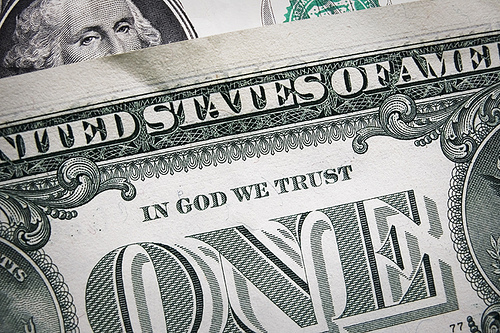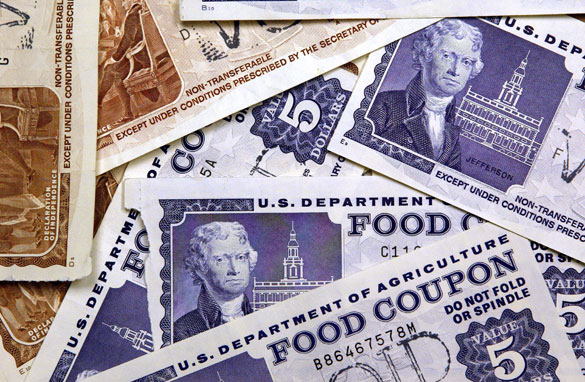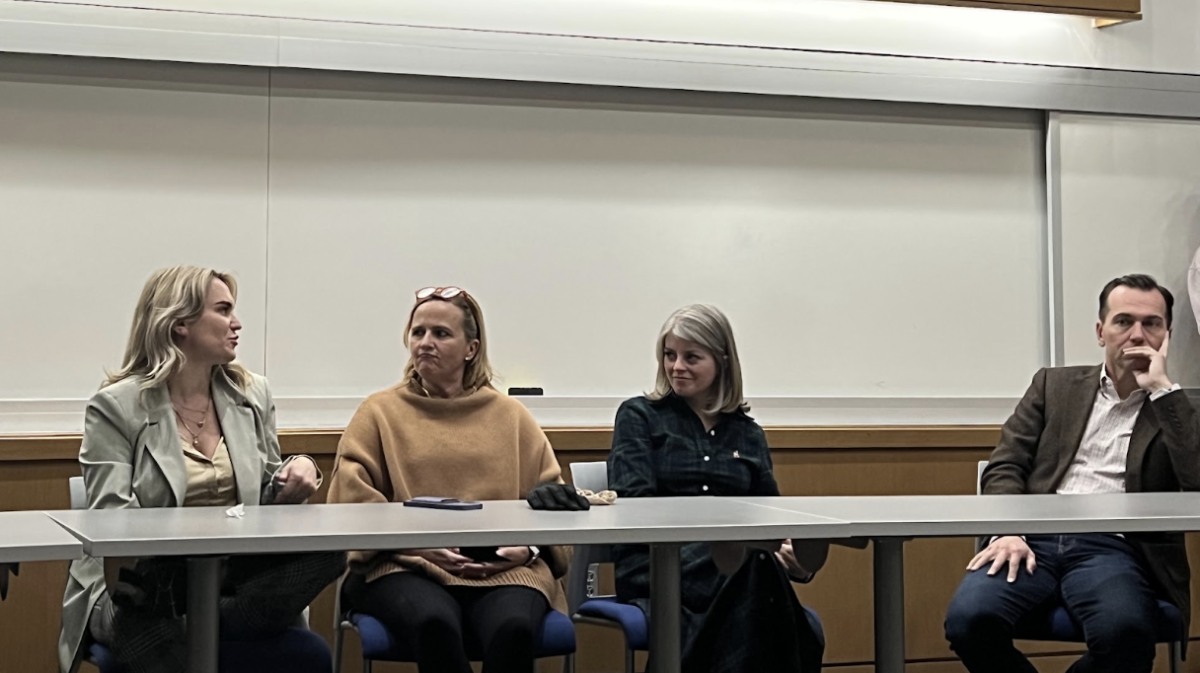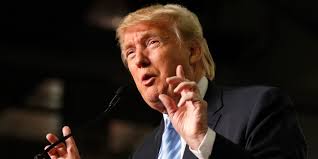In wake of the recent mass shootings, the phrase “guns don’t kill people, people kill people” has been tossed around like political confetti by guns rights activists. Proponents of this kind of thinking have tweaked the formula, tweaking it into a “mentally ill people kill people.” While these arguments have some support, there are large problems. As Vanderbilt Political Review columnist Michael Zoorob points out, men are more likely to kill than the mentally ill [1]. Also, when it comes down to it, guns do kill people. A 2004 study found that households with guns are at risk of higher rates of homicide and suicide [2].
Guns are dangerous, and (as I explored last week), socially costly [3]. However, given the debates over gun rights, it’s difficult to find a solution that does not compromise Constitutional rights but also protects American citizens.
It’s time for a new adage. Instead of “people kill people,” let’s try bullets kill people.
In 1993, when gun legislation was being considered, groups noted there were enough guns already in the country to last for 200 years. Taxing or even banning the sale of new guns weren’t viable options to counter gun violence. At this point, then U.S. senator Daniel Moynihan noted that there were only enough bullets to last for three years. He proposed a 10,000% tax on hollow tip bullets—the type designed to break through armor. In terms of these bullets, a 10,000% tax on a 20 pack of cartridges would be $1,500 in 1993 [4].
Critics say this tax is out of proportion, and criminalizes blameless activity. You cannot deny this is a large tax, but these bullets are designed to damage. Wisegeek explains the design and potential danger of these bullets in laymen’s terms, showcasing how they’re designed to cause harm [5]. The tax wasn’t going to cover shooting range or hunting bullets—“recreational” bullets if you will. At a time when an assault weapons ban is being reconsidered, this kind of tax falls in line with policy considerations [6].
Other critics suggest that the tax would be ineffective, and the price of bullets wouldn’t reflect the tax as black markets would arise to circumvent the tax. This solution would take work to implement, but could possibly serve as a deterrent to future gun violence.
An example harks back to the Aurora shootings. In the months previous to the shootings, James Holmes legally purchased 6,000 rounds of ammunition. About 3,000 rounds were specifically for an assault weapon [7]. Holmes was a desperate man trying to build up artillery, but a large enough effective tax may have deterred his purchase. Though it’s hard to work through all the “what if’s,” a hollow point bullet tax is a tempting solution to help pay for the damages of gun violence and to deter future mass shootings.
[1] https://www.vanderbiltpoliticalreview.com/?p=923
[2] http://aje.oxfordjournals.org/content/160/10/929.full
[3] https://www.vanderbiltpoliticalreview.com/?p=1230
[4] http://www.nytimes.com/2012/08/10/nyregion/taxing-bullets-as-de-facto-gun-control.html?_r=0
[5] http://www.wisegeek.com/what-are-hollow-point-bullets.htm
Image from http://www.google.com/imgres?um=1&hl=en&sa=N&tbo=d&rlz=1C1CHFX_enUS517US517&biw=1511&bih=725&tbm=isch&tbnid=dFNerD5u9B_hjM:&imgrefurl=http://www.fastcoexist.com/1680789/turning-bullets-into-diamonds&docid=BGSufDKCXczEVM&imgurl=http://www.fastcoexist.com/multisite_files/coexist/imagecache/960/poster/2012/10/1680789-poster-1280-ammunition-into-diamonds.jpg&w=960&h=563&ei=n6wCUZKhDJGo9gT9eA&zoom=1&iact=rc&dur=296&sig=115153416466943494952&page=1&tbnh=137&tbnw=234&start=0&ndsp=28&ved=1t:429,r:6,s:0,i:181&tx=36&ty=93











